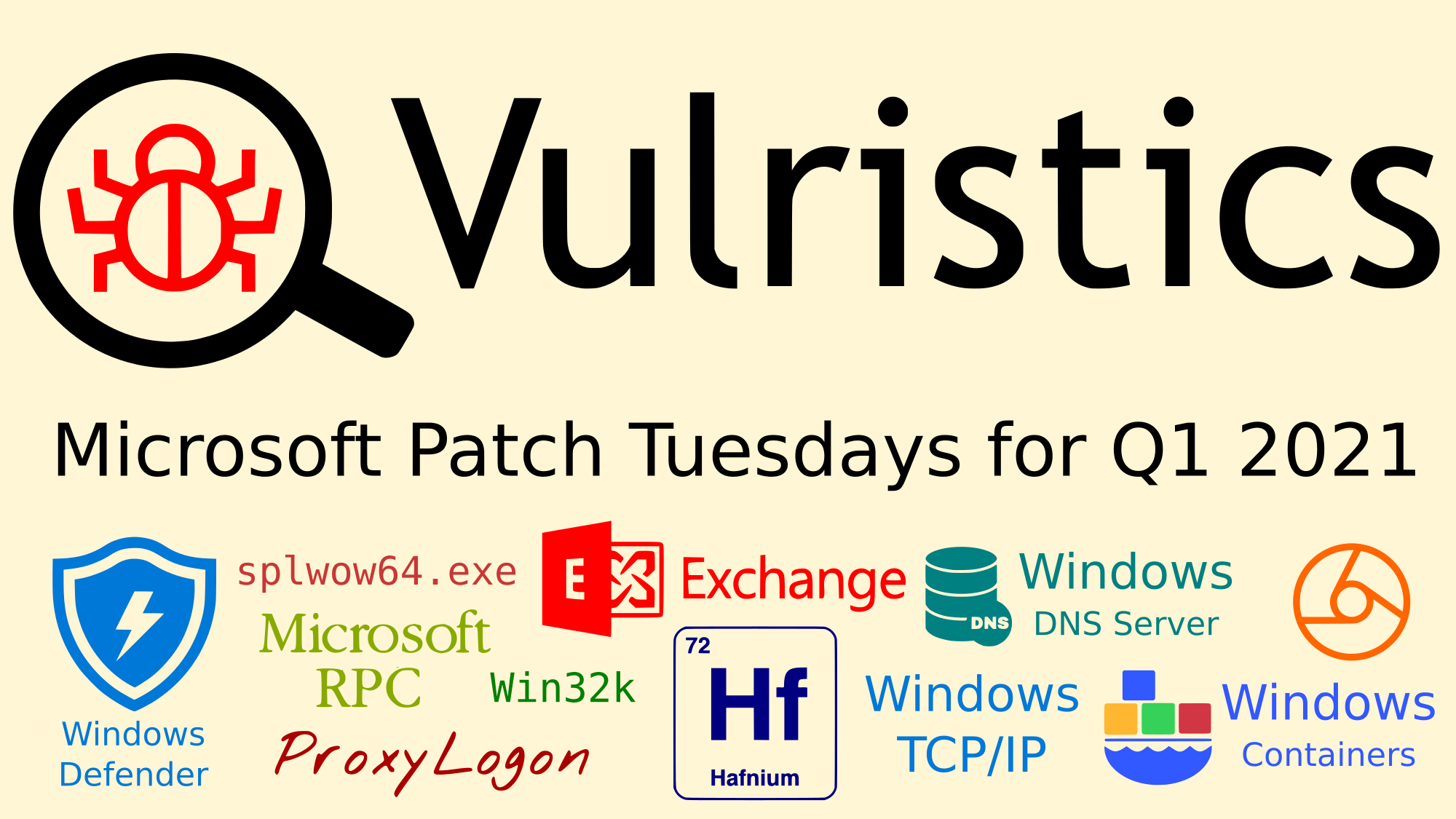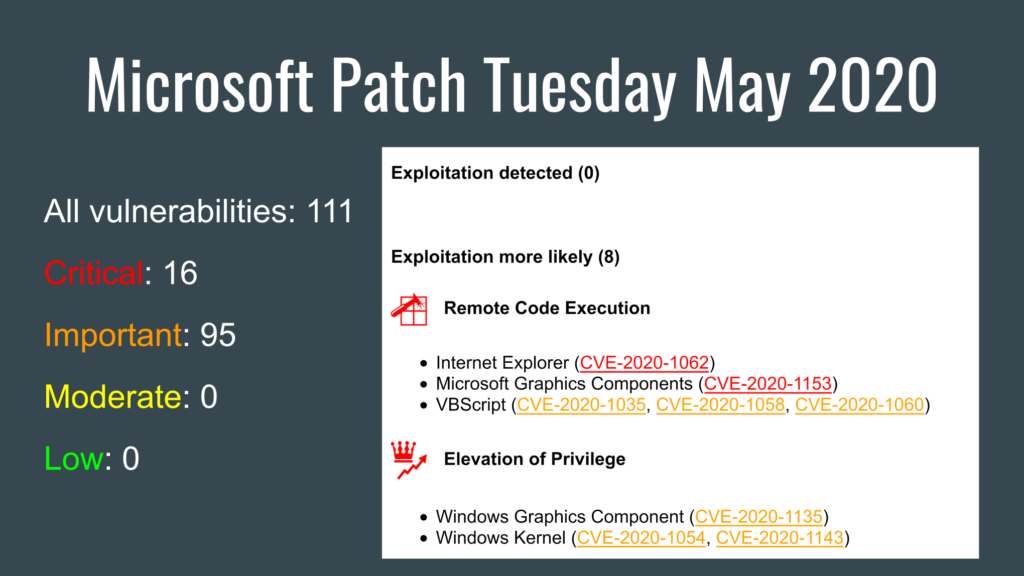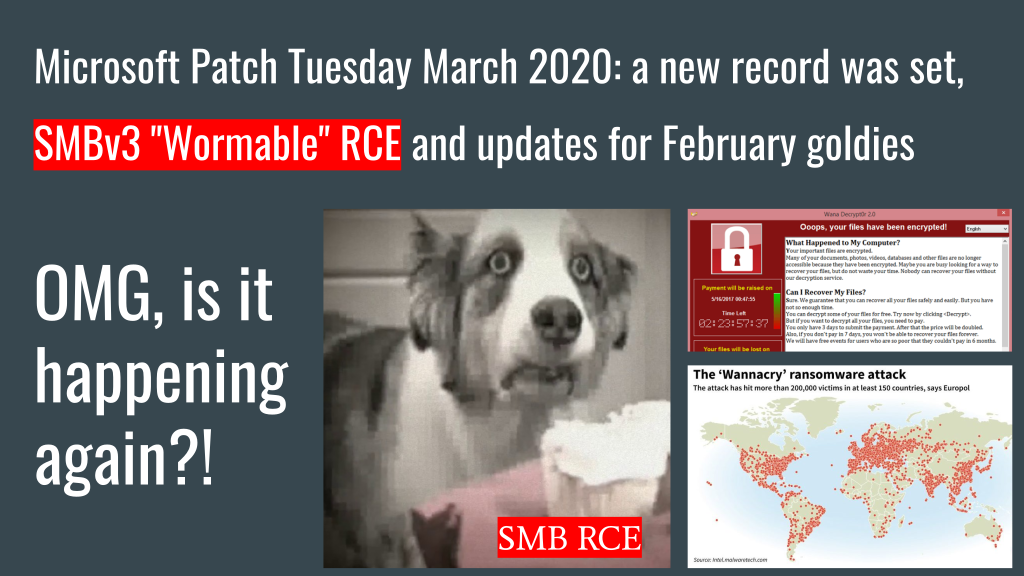Hello everyone! This episode will be about Microsoft Patch Tuesday for June 2023, including vulnerabilities that were added between May and June Patch Tuesdays.
Alternative video link (for Russia): https://vk.com/video-149273431_456239127
As usual, I use my open source Vulristics project to analyse and prioritize vulnerabilities. I took the comments about the vulnerabilities from the Qualys, Tenable, Rapid7, ZDI Patch Tuesday reviews. This time there were only 3 vulnerabilities used in attacks or with a public exploit. And only one of them is more or less relevant.
Continue reading


